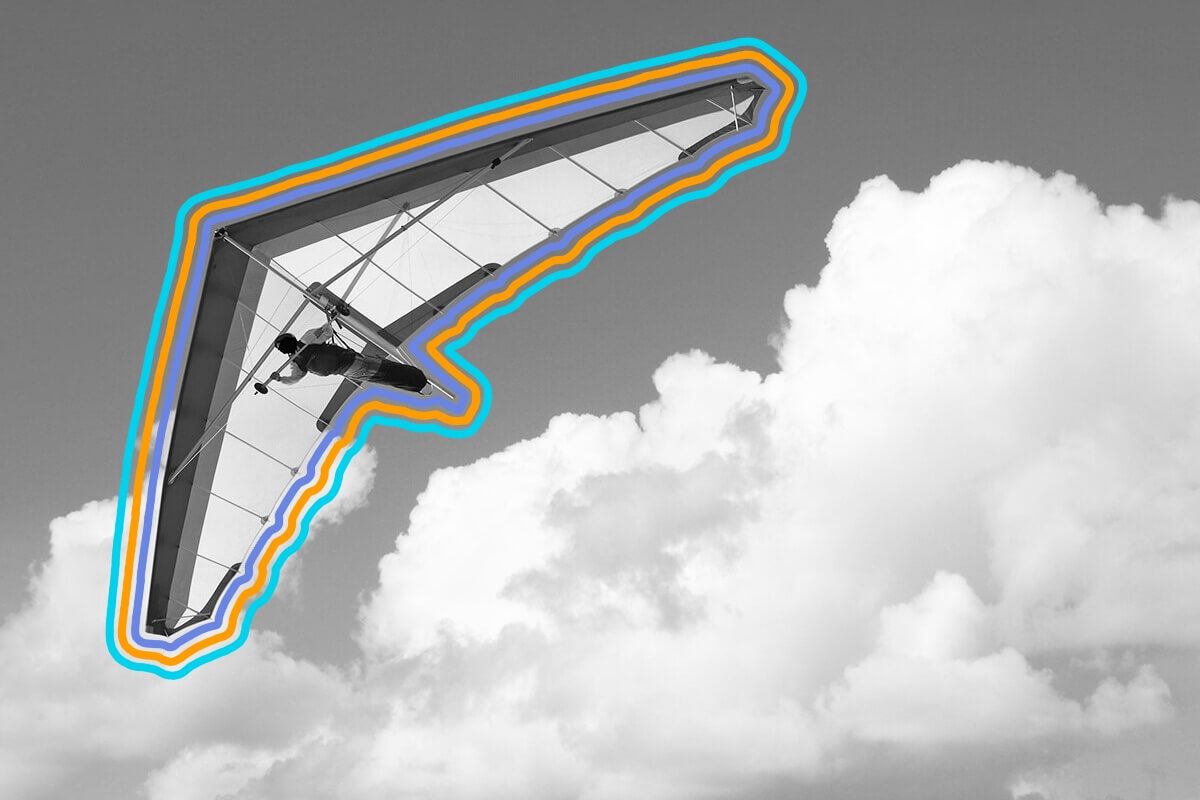

The history books are full of fascinating men and women who are household names: Rosa Parks, Genghis Khan, and Julius Caesar, to name a few. But for every famous name, there are dozens of deserving personalities who may have been forgotten. Here’s a handful of influential figures who have affected our lives in ways big and small, from the inventor of Duct tape to one of the world’s first pop music stars.
Vesta Stoudt, Inventor of Duct Tape

The mother of two Navy sailors during World War II, Vesta Stoudt worried about her boys overseas. At home in Illinois, Stoudt worked at a factory packing and inspecting ammunition boxes. Back then, packages were sealed with paper tape that had a tab, which often broke, and then the entire box was dipped in wax to make it waterproof. Seeing that the packages were cumbersome to open — and possibly putting soldiers in harm’s way when trying to open packages while under siege — she attempted to invent a new type of packing tape that was both waterproof and easy to open. When her employer rejected the design, Stoudt didn’t take no for an answer. Instead, she went to the top and wrote a letter to President Franklin Roosevelt. Surprisingly, she received a reply explaining that her idea was being implemented. Soldiers found the tape so quick and easy to use, they called it “100 Mile an Hour Tape.” Today, we just call it Duct tape.
Ching Shih, Legendary Female Pirate

Ching Shih was a fearless female pirate from China. Following the 1807 death of her husband Cheng I, who was head of the powerful Red Flag Fleet, she unofficially commanded a fleet of 1,800 pirate ships and approximately 80,000 men. She also took control of the Guangdong Pirate Confederation and spent the following years waging battle — and winning — against the Portuguese Empire, the Chinese Navy, and Britain’s East India Company. She’s widely considered one of the most successful pirates of all time.
Thespis, First Actor

From junior high musicals to Hollywood blockbusters, actors across the globe owe a debt to Thespis. According to Ancient Greek sources, the poet was history’s first actor. (After all, he’s the origin of the word “thespian.”) Before Thespis, stage performers generally told stories from their perspectives. But Thespis changed the game when he began telling stories by playing a character, not just himself. His work in 6th-century BCE also led to the groundbreaking development of the Greek tragedy, a format that has influenced storytelling and theater ever since.
Tom Wiggins, World’s First Pop Star

Born into slavery in Georgia 1849, Tom Wiggins was blind and autistic. But he had a special gift: Whenever the slavemaster’s daughter played the piano, Wiggins could recreate the song by ear. He also had an uncanny ability to memorize tunes after playing them just once. By the age of 8, he had a humongous repertoire and began touring, selling out shows to packed audiences. By 10, he became the first Black musician to perform at the White House. By his teenage years, he was touring the globe and was composing sophisticated works of classical music. By the turn of the 20th century, Wiggins was a household name — making him one of the world’s first popular musicians.
Abbas Ibn Firnas, Early Aviator

Forget the Wright Brothers, Howard Hughes, and Charles Lindbergh. If there’s one name in aviation you need to know, it’s Abbas Ibn Firnas, the father of human flight. In 875, the Andalusian polymath began tinkering with the world’s first successful glider. Not content to simply build a flying contraption, Firnas took his cues from birds and covered his body in feathers. (“I should ascend like the birds,” he purportedly told onlookers.) Shortly after, Firnas reportedly jumped off a cliff, caught a stiff breeze, and gently glided across the valley for several yards. Today, there’s a statue of him outside of Baghdad International Airport.
Febb Burn, Women’s Suffrage Heroine

By mid-1920, the 19th amendment, which would grant all women the right to vote, was on the verge of being enshrined in the Constitution. A total of 35 states had voted to ratify the amendment, and activists needed just one more for the amendment to pass. The problem? There was only one state left to vote: Tennessee.
When lobbyists from both sides descended onto Nashville to make their case, it became clear that the vote could end up deadlocked. At the center of the controversy was Harry T. Burn, a 24-year-old politician from an anti-suffrage district. But when it came time to vote, Burn stunned the assembly with a vote of “aye.” Burn flipped because he had received a letter from his mother, Febb, imploring him to vote for the amendment, asking him, “Don’t forget to be a good boy.” Burn later admitted, “I knew that a mother’s advice is always safest for a boy to follow and my mother wanted me to vote for ratification.”
Rabban Bar Saum, Silk Road Pioneer

Many are familiar with Marco Polo, the Venetian merchant whose account of traveling the Silk Road in the 13th century provided a new perspective on the Far East. However, few know about Rabban Bar Sauma, who did the same, but in reverse. A monk from eastern China, Sauma embarked on his journey years before Polo. His pilgrimage westward took him to Baghdad, Constantinople, Rome, Genoa, Paris, and the Bordeaux region of France. Sauma would eventually write a book about his travels, which, like Polo’s, gave the world an outsider’s view of an unfamiliar and distant land.
